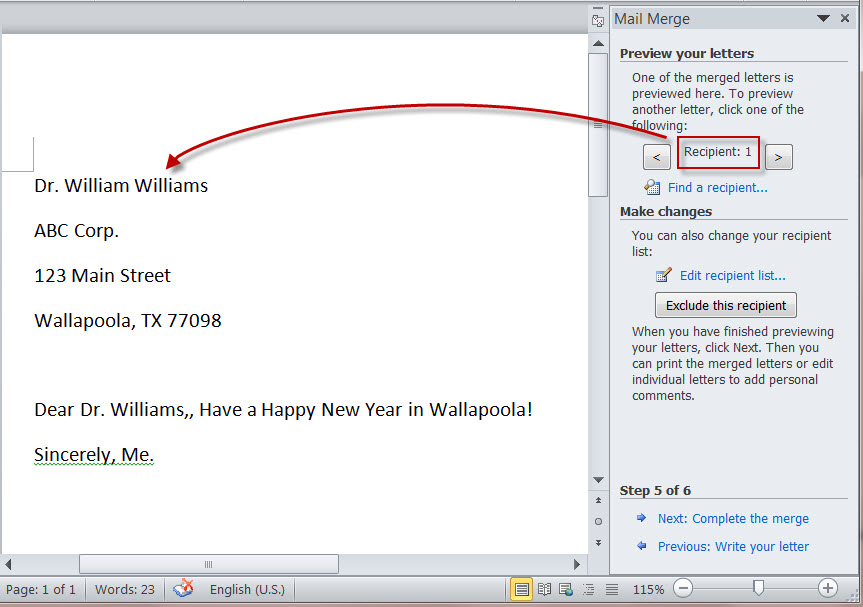Design Pro Food Stamp Plan Today

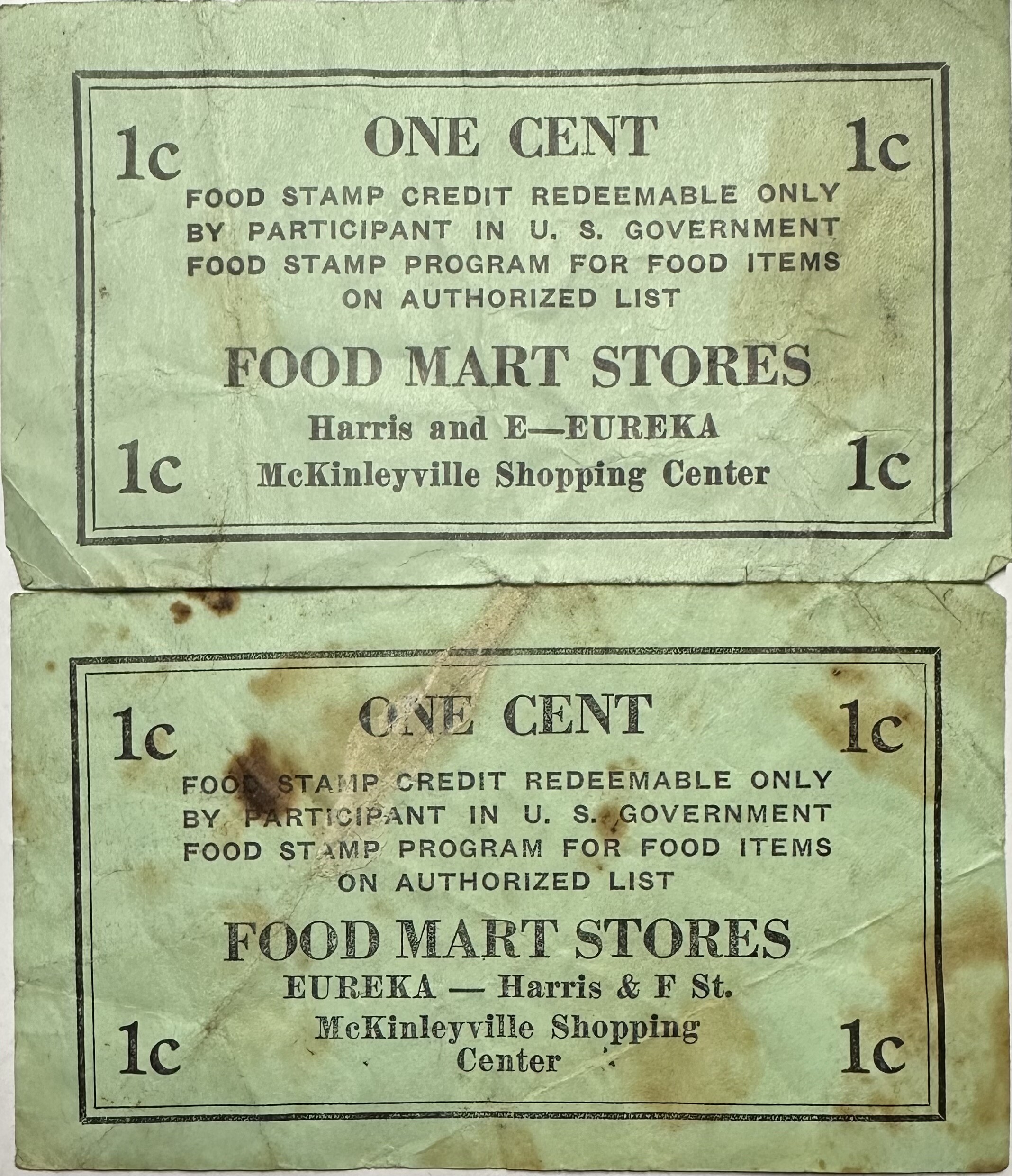
Introduction to Food Stamp Planning
In today’s world, managing finances and making the most out of available resources is crucial, especially when it comes to something as essential as food. For many individuals and families, food stamps, also known as the Supplemental Nutrition Assistance Program (SNAP), provide a vital lifeline, helping to ensure that nutritional needs are met. However, maximizing the benefits of food stamps requires a well-thought-out plan. This involves understanding how to use your food stamps wisely, making healthy food choices, and stretching your budget as far as possible.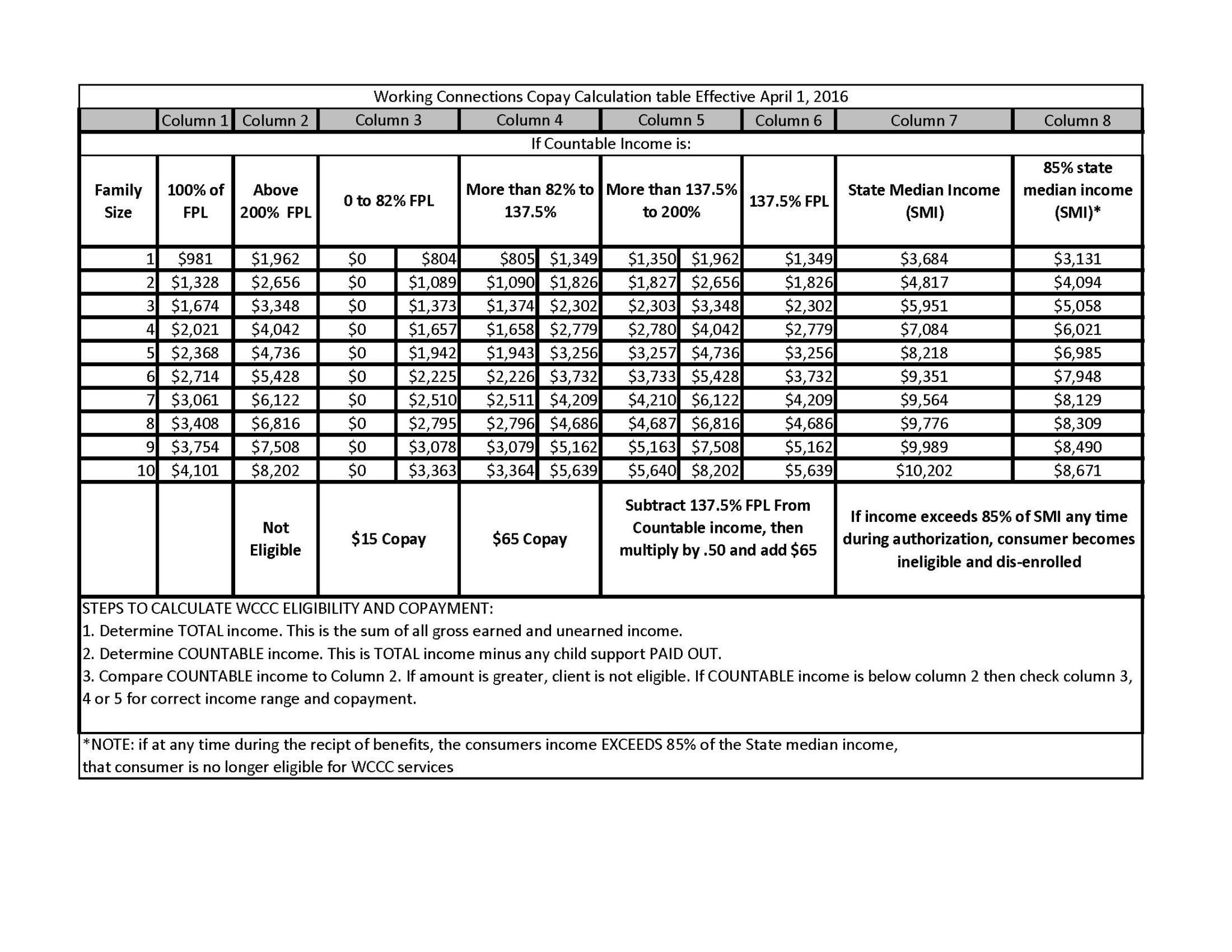
Understanding Your Food Stamp Benefits
Before designing a food stamp plan, it’s essential to understand the basics of the program and what you’re eligible for. Eligibility and benefit amounts can vary significantly based on factors such as income, family size, and expenses. It’s crucial to review your monthly benefit amount and to be aware of any changes in your household that could affect your eligibility or the amount you receive.
Planning Your Grocery Shopping
Effective planning is key to making the most out of your food stamps. Here are some steps and tips to consider: - Create a Budget: Start by allocating your food stamp benefits into categories (e.g., meats, dairy, fruits, vegetables). - Plan Your Meals: Decide on meals for the week. This helps in making a list of necessary items, reducing food waste, and ensuring that you use your benefits efficiently. - Make a Grocery List: Based on your meal plans, create a detailed list of groceries to buy. Consider buying in bulk for non-perishable items and planning meals around seasonal produce to save money. - Shop Smart: Look for sales and discounts. Many stores offer weekly specials that can help stretch your food stamp dollars further.
Nutrition on a Budget
Eating healthy doesn’t have to be expensive. Here are some tips for nutritious shopping on a budget: - Whole Foods: Focus on whole, unprocessed foods like beans, grains, and vegetables. These are often less expensive and more nutritious than processed foods. - Shop Local: Consider shopping at local farmers’ markets or through community-supported agriculture (CSA) programs. These can offer fresh, nutritious food at competitive prices. - Cook at Home: Preparing meals at home allows for better control over ingredients and portion sizes, helping to maintain a healthy diet.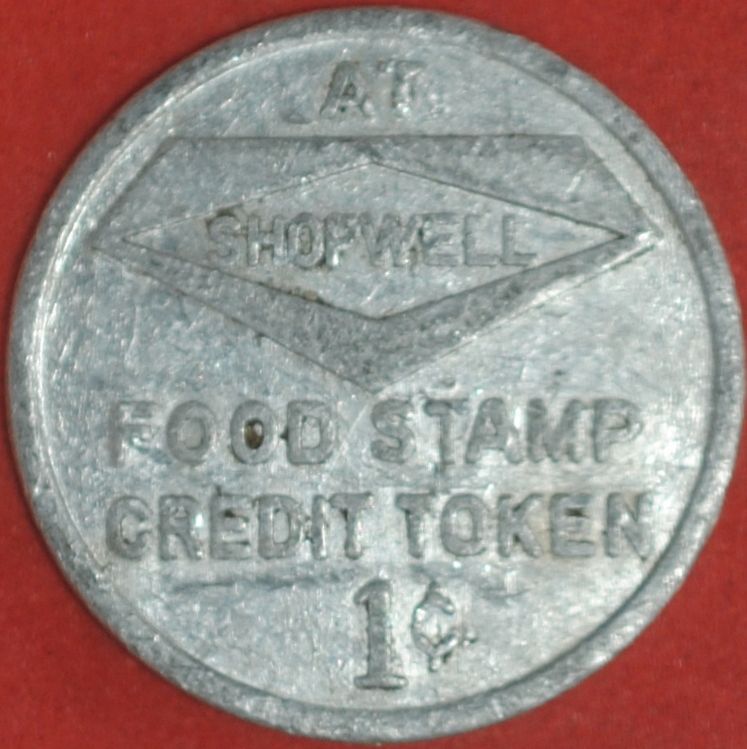
Stretching Your Food Stamp Dollars
Several strategies can help in stretching your food stamp benefits: - Buy in Bulk: For items that won’t expire quickly, buying in bulk can save money in the long run. - Use Unit Prices: When comparing similar products, check the unit price (price per ounce or pound) to ensure you’re getting the best deal. - Avoid Processed and Pre-prepared Foods: These tend to be more expensive than whole foods and may offer less nutritional value.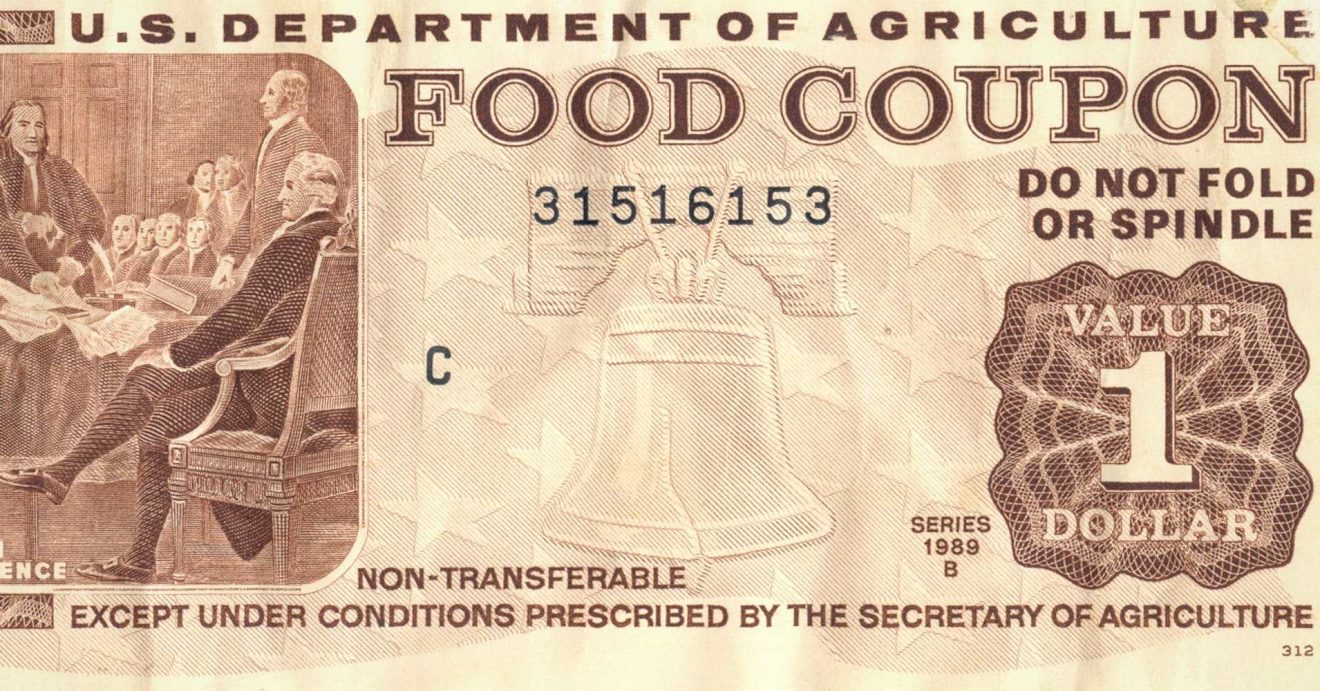
Tools and Resources
Utilizing available tools and resources can significantly enhance your food stamp plan: - Online Recipes and Meal Planning Tools: Websites and apps can provide inspiration and help in planning meals around ingredients you already have or that are on sale. - Store Loyalty Programs: Many grocery stores offer loyalty programs that can provide additional discounts and savings. - Food Banks and Pantries: For times when your food stamps aren’t enough, local food banks and pantries can offer supplemental assistance.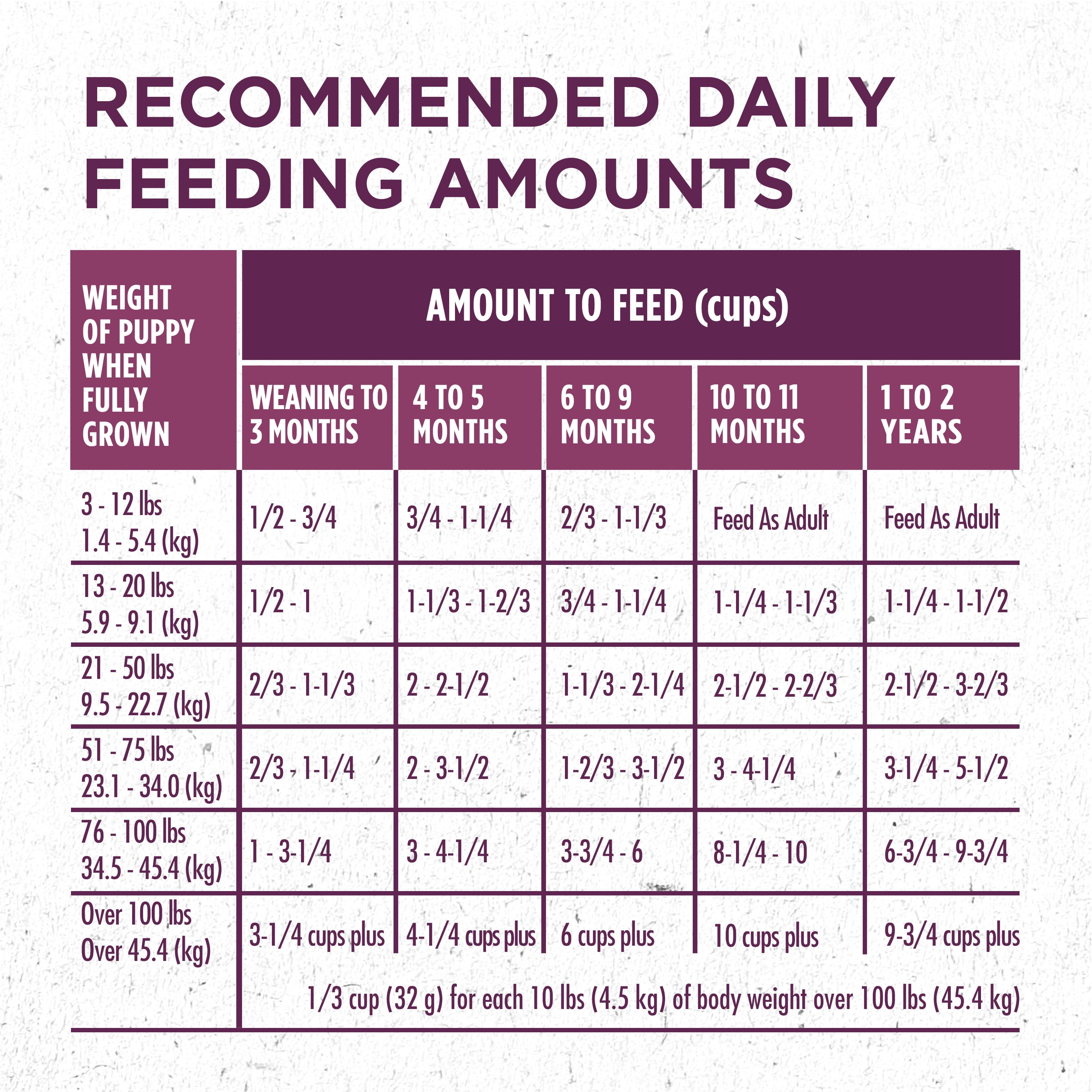
| Strategy | Benefits |
|---|---|
| Meal Planning | Reduces food waste, saves money |
| Shopping Sales | Stretch food stamp dollars further |
| Buying in Bulk | Saves money on non-perishable items |
📝 Note: Keeping track of your expenses and planning ahead can make a significant difference in how far your food stamps can go.
As we look to the future and consider ways to optimize our use of food stamps, it’s clear that planning, budgeting, and a bit of creativity can go a long way. By understanding the program, planning meals, shopping smart, and utilizing available resources, individuals and families can ensure they’re getting the most out of their benefits. This approach not only helps in managing finances more effectively but also in maintaining a healthy and balanced diet, which is essential for overall well-being.
In summary, designing a pro food stamp plan involves a combination of understanding your benefits, planning your grocery shopping, focusing on nutrition, stretching your dollars, and utilizing tools and resources. By adopting these strategies, you can make the most out of your food stamps and contribute to a healthier, more secure life for yourself and your family.

What is the best way to plan meals on a food stamp budget?
+
Planning meals around seasonal produce and what’s on sale can help stretch your food stamp dollars. Consider making a list of meals for the week and then creating a grocery list based on those meals.

How can I make healthy food choices on a limited budget?
+
Focusing on whole, unprocessed foods like beans, grains, and vegetables can provide a nutritious diet at a lower cost. Also, consider shopping at local farmers’ markets or through community-supported agriculture programs for fresh produce.

What tools and resources are available to help manage food stamp benefits?
+
Online recipes and meal planning tools, store loyalty programs, and local food banks and pantries can all be useful resources in managing and supplementing your food stamp benefits.



